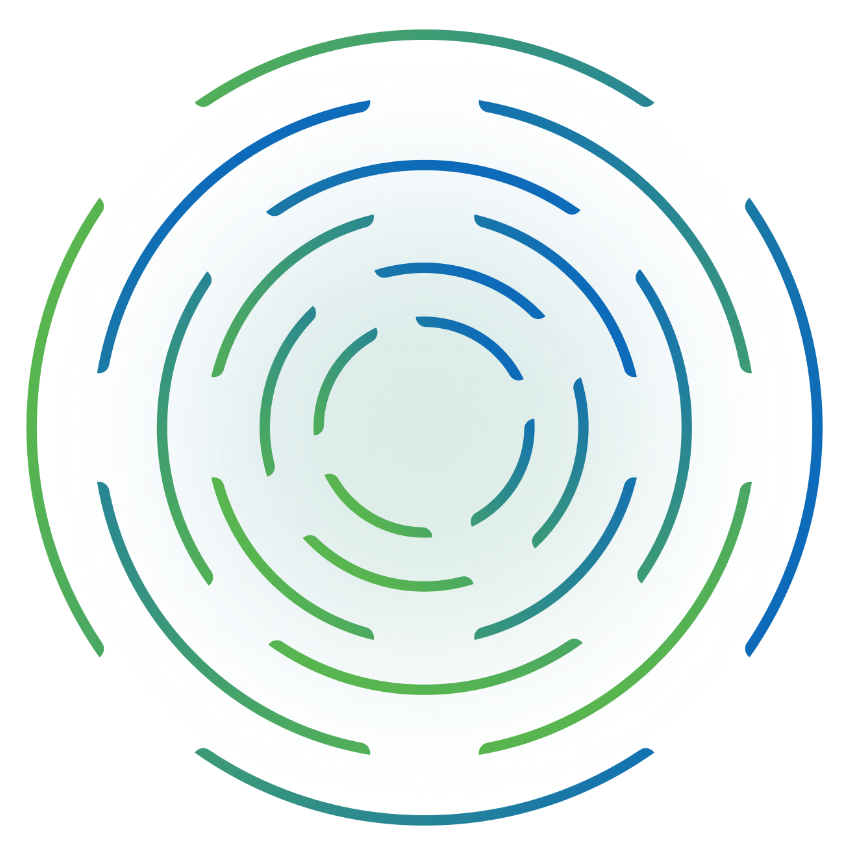Providing exceptional customer experiences is priority #1 in today’s ultracompetitive marketplace. However, as your organization transitions to a hybrid cloud IT environment, it’s harder than ever to deliver customer information, transactions, and interactions quickly and efficiently. The complexity of hybrid cloud infrastructure makes it difficult for your IT teams to even see everything in your digital footprint, let alone monitor it for performance and resolve issues quickly.
The right hybrid cloud monitoring tools can help by providing visibility into servers, routers, storage arrays, and software-defined technologies running in your data centers and clouds. Hybrid cloud monitoring tools help your teams to actively monitor performance and diagnose issues with utilization, capacity, and bandwidth across your entire IT estate. Superior tools provide the ability to see what’s happening throughout your hybrid infrastructure and alert teams to potential downtime, resource saturation, and business impact.
The ScienceLogic AI Platform provides a single solution that lets you monitor everything that’s going on and respond quickly to avoid or fix service-impacting problems. With ScienceLogic, you can easily solve the challenges and complexities of monitoring infrastructure performance across cloud and distributed architectures.
The challenges of hybrid cloud monitoring
Your hybrid cloud monitoring tools must help IT teams overcome some significant challenges in today’s complex IT environments.
Hybrid cloud infrastructure is inherently complicated and constantly changing. It comprises a vast collection of interconnected technologies that must work seamlessly together to support essential business services. It must also support a large spectrum of user types, including customers, partners, contractors, and a mobile workforce, as well as a growing number of end-user devices like laptops, mobile phones, and wearables. When you add ephemeral components like serverless, containers, and microservices, it creates many more opportunities for this complex and highly distributed infrastructure to develop issues or fail outright.
Continuous monitoring and troubleshooting are essential to ensuring superior performance, and there are many technologies that can provide an in-depth view of one piece of the puzzle. However, it’s much harder to find solutions that deliver the comprehensive visibility needed to address the challenges of managing modern hybrid environments. Existing monitoring tools don’t support hybrid cloud environments. Amassing more tools simply compounds the problem. In addition to creating tools sprawl, these legacy solutions don’t work well together, creating data silos that limit service visibility and mitigate the cloud’s value proposition of greater cost savings and agility.
For your IT teams, a hybrid cloud monitoring tool must be a single platform that offers ITOps a unified experience. It must also provide access to all the information across domains required for cross-functional investigation and holistic end-to-end cloud infrastructure monitoring.
That’s where ScienceLogic excels.
Monitoring hybrid infrastructure with ScienceLogic
SL1, part of the ScienceLogic AI Platform, sees everything across your hybrid cloud infrastructure. It maps relationships to bring context to data, and it acts on insights through integration and automation.
SL1‘s hybrid cloud monitoring tools provide visibility into public clouds, virtualization solutions, serverless and microservices-based technologies, software-defined networks, servers, storage, unified communications, IoT, and other infrastructure. Combining datasets from 500+ technologies across your hybrid IT ecosystem, SL1 creates a real-time operational data lake by discovering, collecting, merging, and normalizing a wide range of data and metrics.
With the hybrid cloud monitoring tools on the ScienceLogic AI Platform, you can:
- Maintain complete visibility: Access real-time operational insights through configurable dashboards, maps, and reports. Quickly zero in on root cause, assess business impact, and remediate incidents with automated workflows.
- Use machine learning to gain actionable insights: By adding machine learning to your hybrid cloud monitoring tools, your teams can better understand the relationships between your business services, applications, and infrastructure and use this context to develop actionable insights.
- Integrate your IT ecosystem: SL1 lets you integrate and share data across existing technologies and your IT ecosystem in real time. Use multi-directional integrations to automate responsive and proactive actions at cloud scale.
Benefits of a single hybrid cloud monitoring tool
SL1’s hybrid cloud monitoring tools enable your teams to accomplish several key objectives.
- Mapping relationships: In hybrid environments, there are often gaps in visibility across data centers, clouds, hybrid clouds, and containers. These create conflicting sources of truth and increase operational costs. SL1 provides visibility across the entire ecosystem and gives IT teams a topology that reveals how each component is related to each other. When performance is affected, dependency mapping provides a roadmap for where to look for the bottleneck, what resources may be overtaxed, and how to resolve the problem.
- Shifting to service-centric monitoring: In a rapidly changing IT environment based on microservices and containerized workloads, monitoring at the device level is no longer workable. SL1’s hybrid cloud monitoring tools enable your teams to shift to a service-centric approach to monitoring, which helps you better understand your business from an IT perspective. A service-centric approach gives you a clear understanding of how your infrastructure is impacting your business services, so you can fix issues before they impact the end-user experience.
- Automating monitoring with machine learning: Once you have better visibility of data and an understanding of business services, you can begin to automate IT operations and harness the power of machine learning to gain actionable insights from your infrastructure data. SL1 provides a hybrid cloud monitoring tool with machine learning features that can quickly uncover the root cause of issues, automate ticketing and routing, and avoid costly service impact and downtime by eliminating time-consuming, manual activities. SL1 automates troubleshooting and remediation steps to reduce MTTR (mean time to repair).
Why choose ScienceLogic?
ScienceLogic is trusted by thousands of organizations across the globe to empower IT operations, accelerate innovation, and drive better business outcomes. The ScienceLogic AI Platform combines AIOps and observability solutions with software for network management and IT automation software to help IT teams optimize infrastructure, avoid service outages, and build autonomous systems.
With ScienceLogic, organizations and ITOps teams can rely on:
- Proven solutions: The ScienceLogic AI Platform meets the rigorous security requirements of the United States Department of Defense. It is proven for scale by the world’s largest service providers and is optimized to meet the needs of large enterprises and government agencies.
- Flexible technology: ScienceLogic’s solutions provide accurate, cost-effective, analytics-driven automation that can be deployed for a broad range of use cases.
- Integrated solutions: ScienceLogic collaborates with a variety of MSPs, channel partners, global system integrators, and federal system integrators to accelerate digital transformation and streamline hybrid cloud complexity.
Hybrid Cloud Monitoring Tools FAQs
What is a hybrid cloud?
A hybrid cloud is an IT environment where computing infrastructure resides on a mix of public clouds, private clouds, and on-premises data centers or edge locations.
What is hybrid cloud monitoring?
Hybrid cloud monitoring is the practice of tracking, measuring, and managing the performance, availability, and security of IT infrastructure and services within a hybrid cloud environment. Hybrid cloud monitoring tools provide a single pane of glass for monitoring resources and services throughout complex and distributed IT environments. Hybrid cloud monitoring tools also help IT teams to improve performance reliability while enhancing security and reducing costs.








